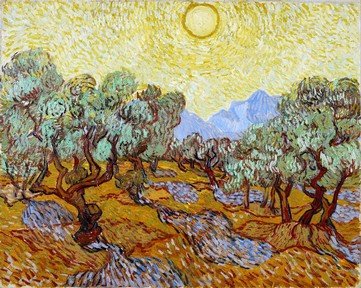Quiz Answer Key and Fun Facts
1. Which small animal is featured in the background of Titian's famous painting "Venus of Urbino"?
2. What is rather unexpected about Juergen Teller's 2013 nude painting of "Vivienne Westwood" (born in 1941)?
3. In Diego Velazquez's "Rokeby Venus", the nude Venus is lying down looking in a mirror. Who is holding the mirror?
4. In the 1630s, one woman was the easily recognizable model for many of the most famous paintings of Baroque artist Peter Paul Rubens. Who was she?
5. Napoleon Bonaparte was a larger than life, scandalous figure during his lifetime. But he wasn't the only Bonaparte to fit that description. Which of Napoleon's female relatives posed for a beautiful, larger-than-lifesize nude statue as a Venus reclining on a sofa?
6. The "Sleeping Venus" (c. 1510), while credited to Giorgione, is widely considered to have been finished by which other artist after Giorgione's death?
7. Which painting by the Romantic painter Francisco de Goya spent some time in the possession of the Spanish Inquisition due to the objectionable nature of the work?
8. Which of these was a ground breaking fact about the famous sculpture of "Aphrodite of Knidos"?
9. Which Italian artist painted the 1917 work "Nude Sitting on a Divan"?
10. Painted in 1814 by Jean-Auguste-Dominique Ingres, for which skewed reason is the painting "Grande Odalisque" famous?
Source: Author
Creedy
This quiz was reviewed by FunTrivia editor
looney_tunes before going online.
Any errors found in FunTrivia content are routinely corrected through our feedback system.
